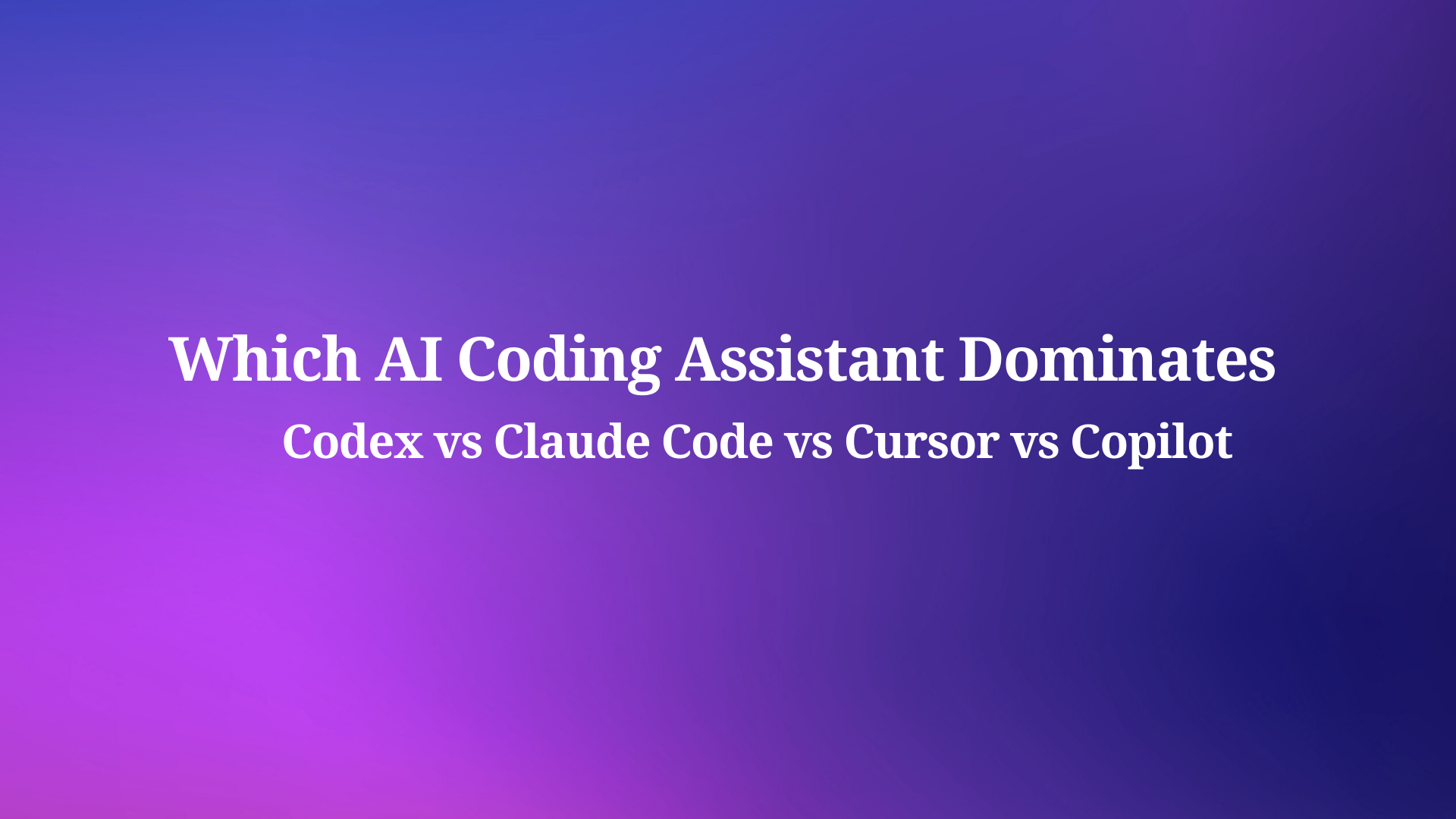This technical analysis examines Alibaba Tongyi Lab's ZeroSearch framework, a novel reinforcement learning approach that enables large language models (LLMs) to perform search-like operations without external API calls. By employing a sophisticated curriculum-based training methodology, ZeroSearch transforms standard LLMs into systems capable of simulating document retrieval while maintaining reasoning capabilities. This paper provides a technical breakdown of ZeroSearch's architecture, training methodology, and performance characteristics, highlighting its potential to disrupt traditional search paradigms.
Want an integrated, All-in-One platform for your Developer Team to work together with maximum productivity?
Apidog delivers all your demans, and replaces Postman at a much more affordable price!
System Architecture and Implementation
ZeroSearch's technical foundation rests on a multi-component architecture designed to train LLMs to internalize retrieval capabilities.

Unlike conventional approaches that integrate external search APIs with LLMs, ZeroSearch implements a self-contained simulation framework with several key technical components:
Simulation LLM Selection and Deployment
The framework utilizes pre-trained simulation models of varying parameter counts (3B, 7B, and 14B) to generate synthetic search results. These models are deployed using sglang, a specialized serving framework optimized for LLM inference. The deployment configuration includes tensor parallelism and data parallelism settings to optimize inference performance:
python -m sglang.launch_server --model-path SearchSimulation_14B --host 0.0.0.0 --tp 2 --dp 2 --port 6001
The tensor parallelism (--tp 2) and data parallelism (--dp 2) settings indicate a distributed computing approach that splits model weights and batched requests across multiple GPUs, enhancing throughput and reducing latency during the simulation phase.
Dual-Mode Simulation Methodology
ZeroSearch implements two distinct simulation methodologies, each with specific technical characteristics:
Prompt-Based Simulation: Utilizes instruction-tuned models like Qwen2.5-14B-Instruct to generate simulated search results based on specialized prompting techniques. This approach leverages zero-shot capabilities of instruction-tuned models without requiring additional fine-tuning.
Fine-Tuning-Based Simulation: Employs specialized models (SearchSimulation_3B/7B/14B) that have undergone supervised fine-tuning specifically for search result generation. These models learn to mimic the distribution of search engine outputs, including the generation of both relevant documents and noise.
The technical distinction between these approaches manifests in the implementation parameters as seen in the training scripts:
SEARCH_MODE simulate_prompt SIMULATION_LLM Qwen2.5-14B-Instruct
versus:
SEARCH_MODE simulate_sft SIMULATION_LLM SearchSimulation_14B
Reinforcement Learning Training Loop
The core technical innovation of ZeroSearch lies in its reinforcement learning (RL) training methodology. The system implements both Generalized Reward Policy Optimization (GRPO) and Proximal Policy Optimization (PPO) algorithms, with GRPO demonstrating superior stability characteristics according to empirical results.
The training process is governed by several technical parameters:
- Difficulty Thresholds: The curriculum learning approach uses
START_THRESHOLDandEND_THRESHOLDparameters to control the progressive complexity of retrieval tasks:
START_THRESHOLD 0.25 END_THRESHOLD 0.5
These values represent the relative difficulty of retrieval tasks, with the system gradually increasing complexity during training to develop robust search capabilities.
- Training Steps Configuration: The framework employs a total step count parameter to control the extent of RL training:
TOTAL_STEPS 203
This corresponds to the number of policy updates performed during training, with each step involving multiple batch interactions with the simulation environment.
Technical Implementation Details
Data Engineering Pipeline
ZeroSearch's training pipeline begins with dataset acquisition from Hugging Face's dataset repository. The dataset structure likely contains query-document pairs used for both simulation training and evaluation. The data engineering workflow includes:
- Dataset download and preprocessing:
huggingface-cli download --repo-type dataset --resume-download sunhaonlp/ZeroSearch_dataset --local-dir ZeroSearch_dataset
- Model checkpoint acquisition:
huggingface-cli download --resume-download sunhaonlp/SearchSimulation_14B --local-dir SearchSimulation_14B
Computational Requirements and Optimization
The implementation leverages several optimization techniques to manage computational demands:
Flash Attention 2: The dependency on flash-attn indicates the use of optimized attention mechanisms to reduce memory usage and increase throughput during training.
Multi-GPU Distribution: Both training and simulation phases are designed for multi-GPU environments, with specific parallelism strategies to optimize performance.
vLLM Integration: The use of vLLM (v0.6.3) suggests implementation of continuous batching and PagedAttention for efficient serving of simulation models.
Comparative Analysis: Technical Performance Metrics


ZeroSearch's technical performance can be evaluated across several dimensions:
1. Information Retrieval Efficiency
Traditional search engines like Google employ inverted indices, PageRank, and other information retrieval algorithms to fetch relevant documents. ZeroSearch replaces this external retrieval with an internalized simulation, leading to fundamentally different performance characteristics:
Latency Comparison: While traditional search engines face network and API latencies, ZeroSearch's latency is determined by model inference speed, which is primarily GPU-bound rather than network-bound.
Recall-Precision Tradeoffs: ZeroSearch's simulated retrieval must balance the generation of relevant documents against hallucination risks, presenting a different set of optimization challenges compared to index-based retrieval.
2. Computational Cost Analysis
The computational profile of ZeroSearch differs substantially from API-based approaches:
- Training Compute: Initial investment in high RL training compute (multiple GPUs for 203 steps)
- Inference Compute: Higher per-query compute during inference (full model execution) vs. lightweight API calls
- Storage Requirements: Reduced storage footprint without the need for extensive document indices
3. Model Architecture Performance
The repository documentation indicates performance variation across simulation model architectures:
- The 14B parameter simulation models outperform smaller variants
- GRPO training demonstrates superior stability compared to PPO
- Curriculum learning parameters significantly impact final model performance
Technical Limitations and Research Challenges
Several technical limitations present ongoing research challenges:
1. Knowledge Cutoff Constraints
Unlike API-based retrieval systems that access real-time web data, ZeroSearch is constrained by the knowledge cutoff of its underlying LLMs. This presents significant technical challenges for information that changes rapidly or emerges after model training.
2. Hallucination Mitigation
The framework must implement sophisticated techniques to prevent hallucination during document generation. The balance between creative document synthesis and factual accuracy represents a key technical challenge in the architecture.
3. Parameter Efficiency Optimization
The current implementation requires relatively large models (3B-14B parameters) for effective simulation. Research into parameter-efficient architectures could reduce computational requirements while maintaining performance.
Future Technical Directions
Several promising technical directions emerge from the ZeroSearch architecture:
1. Retrieval-Augmented Generation Hybrid Approaches
Future iterations could implement hybrid approaches that combine simulated retrieval with sparse real API calls when confidence falls below certain thresholds. This would create an adaptive system that leverages the strengths of both approaches.
2. Domain-Specific Simulation Tuning
The framework's architecture supports fine-tuning simulation models for specific domains, potentially creating specialized search capabilities for technical fields, legal document retrieval, or medical information access.
3. Quantization and Optimization
Implementation of quantization techniques like GPTQ or AWQ could reduce the computational requirements of both simulation and target models, enabling deployment on edge devices or resource-constrained environments.
Technical Implementation Code Analysis
The training script implementation reveals several key architectural decisions:
bash train_grpo.sh NUM_GPUS_PER_NODE 4 MODEL_PATH Llama-3.2-3B DATA_PATH ZeroSearch_dataset TOTAL_STEPS 203 IP localhost SEARCH_MODE simulate_prompt SIMULATION_LLM Qwen2.5-14B-Instruct START_THRESHOLD 0.25 END_THRESHOLD 0.5
This implementation demonstrates:
- Multi-GPU training (4 GPUs per node)
- Use of Llama-3.2-3B as the target model
- Prompt-based simulation using Qwen2.5-14B-Instruct
- Curriculum learning with progressive difficulty (0.25 → 0.5)
The presence of both GRPO and PPO implementation scripts suggests that the architecture was evaluated across multiple RL algorithms before determining GRPO's superior stability characteristics.
Conclusion
ZeroSearch represents a significant technical innovation in the search domain, implementing a sophisticated reinforcement learning architecture that enables LLMs to simulate document retrieval without external API calls. By leveraging curriculum learning, dual-mode simulation, and advanced RL algorithms, the framework achieves performance that reportedly surpasses real search engine-based models while eliminating API dependencies.
The technical architecture demonstrates several advantages, including zero API cost, enhanced privacy capabilities, and flexible deployment options. However, challenges remain in addressing knowledge cutoffs, hallucination risks, and computational efficiency.
As the field evolves, ZeroSearch's technical approach offers valuable insights into how retrieval capabilities can be internalized within language models, potentially reshaping our understanding of search architectures. The open-source implementation provides a foundation for further research and optimization, particularly in specialized domains where traditional search engines may underperform or present privacy concerns.
For researchers and practitioners interested in next-generation information retrieval systems, ZeroSearch offers a compelling technical blueprint that merits careful consideration and continued development.



